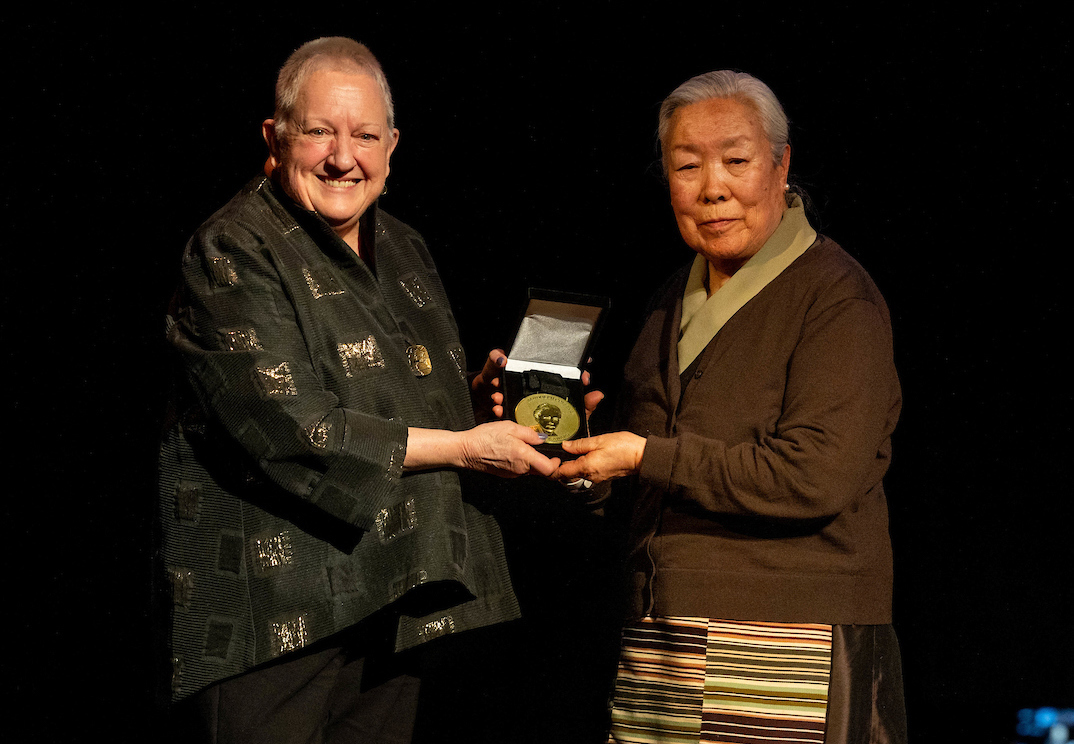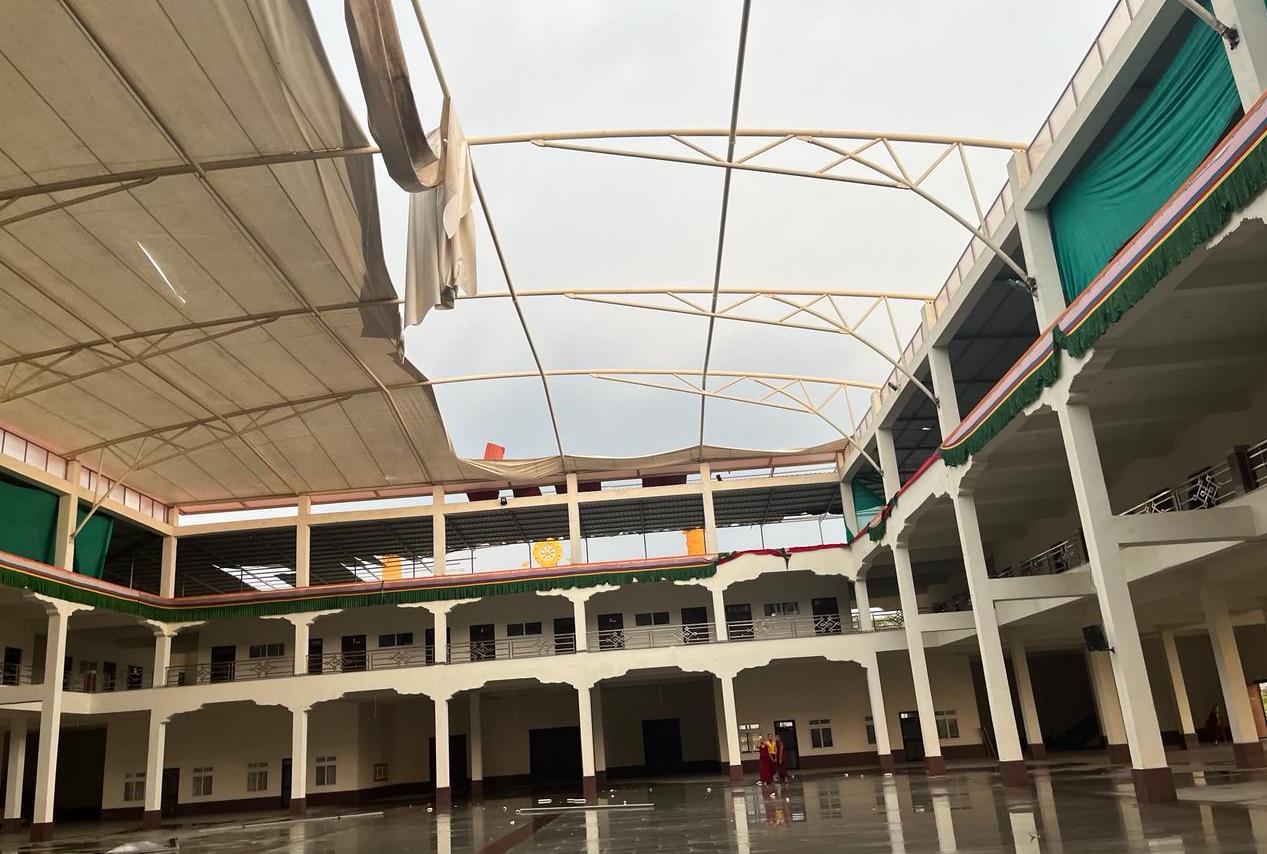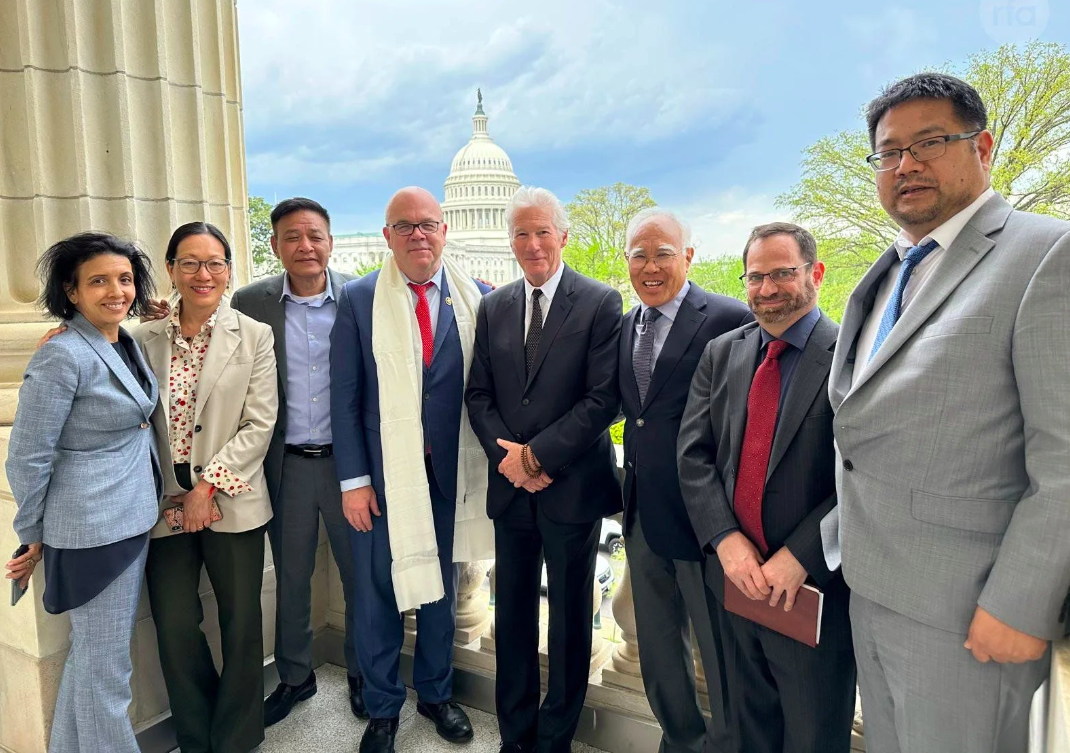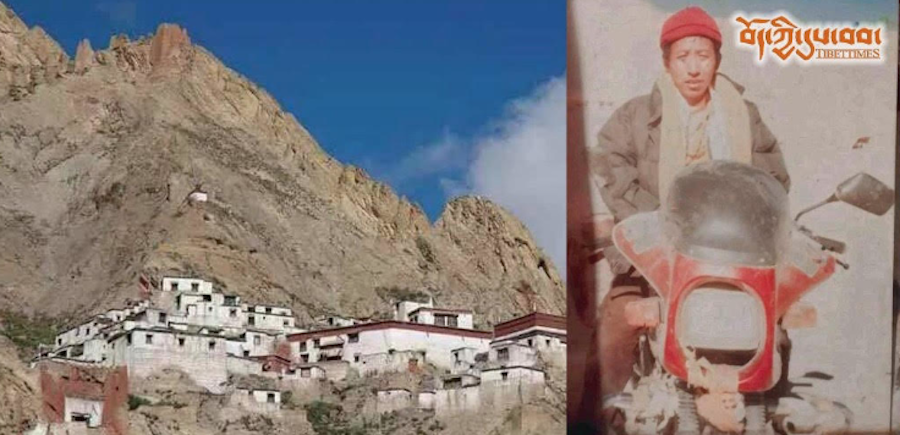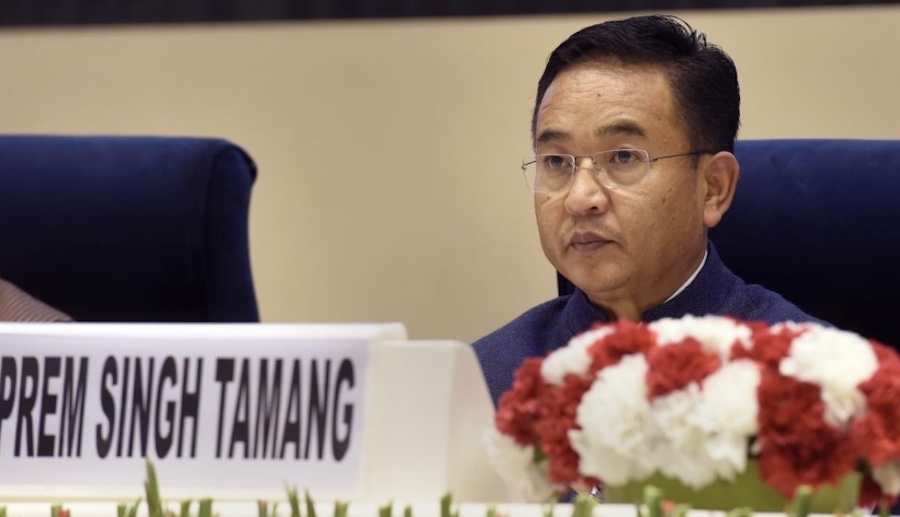By Nitin Gokhale
Lhasa, August 22 – The Potala palace is Tibetan Buddhism’s most widely recognised symbol.
But the Dalai Lama’s one time winter palace may soon be the only Buddhist landmark left in Tibet’s capital Lhasa.
Today’s Lhasa has little resemblance to the Shangri la immortalised in countless travelogues.
It now looks like any other medium sized modern Chinese city – full of glass and chrome, catering to a new consumer class, which has grown rich on the largesse of the billions Beijing has poured into Tibet for development.
Discos, pubs and flashing neon signs dominate the streets of Lhasa. Banks, petrol stations, big enterprises are all controlled by non-Tibetans. And in the years to come, this domination is all set to increase.
Tourist attraction
Lhasa is today more a tourist centre than Tibet’s spiritual headquarters.
At least half a million Han Chinese, Japanese, Koreans and westerners visit Tibet’s capital driving its economy. With the opening of the Qinghai-Tibet Railway, more tourists are expected in the months and years to come.
Many poor Tibetans from rural areas still throng to monasteries like Jokhang for pilgrimage but soon they will be outnumbered by curious tourists.
Chinese businessmen are seeking a fortune in new business opportunities in Tibet.
Every day there are new hotels and restaurants opening up in Lhasa, in anticipation of the coming tourist boom.
But the local Tibetans have very little stake in the economic upturn.
Most new enterprises are owned by Chinese traders streaming into Tibet from other parts of China. Tibetans get to do only low-end jobs.
Wa Ming, who manages an upmarket restaurant in Lhasa has come all the way from north-east China, some 4,000 km away.
She employs more than half-a-dozen Tibetans. Even at Barkhor street, famous for hawking Tibetan knick-knacks, Chinese rock and pop albums out-sale Tibetan music.
But Chinese officials who control the Tibetan autonomous Region say, the fears are unfounded.
“We have taken many steps to preserve and protect Tibetan culture and religion. Monasteries are given state assistance, scriptures are protected through special efforts and there is enough freedom for the Tibetans to practice Buddhism. No one should think that opening up Tibet is going to overwhelm Tibetan culture,” said Hao Peng, Vice-Chairman TAR.
Despite what Hao Peng says the marginalisation of Tibetans in their own capital is an inevitable reality.
While some Tibetans may have benefitted economically, the once culturally distinct city is transformed into a modern faceless one.





